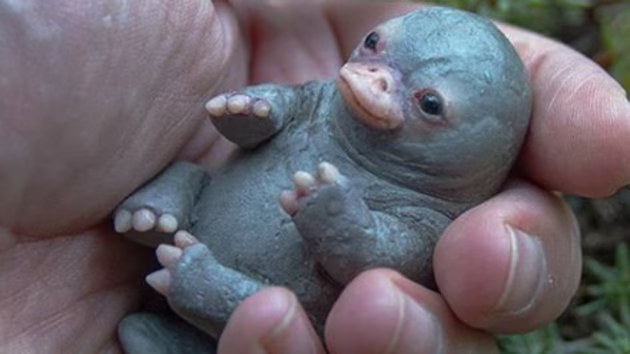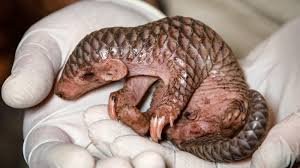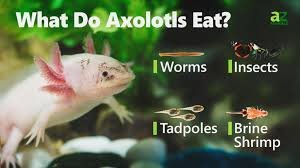
are spiders insects
Clearing Up the Confusion
It’s a common question asked by curious kids, students, and even adults: Are spiders insects? At first glance, they might seem like they belong in the same category. They’re both small, creepy-crawly creatures, often found in similar places like gardens, basements, and forests. They both have exoskeletons, multiple legs, and play roles in pest control. However, the truth is, spiders are not insects. Despite their similarities, spiders belong to a completely different class of animals. In this article, we’ll explore the biological differences, evolutionary history, physical traits, and ecological roles that clearly separate spiders from insects.
Taxonomic Classification: Spiders vs. Insects
To understand the difference, we need to look at scientific classification. All animals are grouped into a hierarchy: Kingdom, Phylum, Class, Order, Family, Genus, and Species. Both spiders and insects belong to the Phylum Arthropoda, which means they are arthropods—invertebrates with exoskeletons, segmented bodies, and jointed limbs. However, that’s where their paths diverge. Insects belong to the Class Insecta, while spiders are part of the Class Arachnida. This places spiders in the same class as scorpions, ticks, and mites. The distinction is not trivial—it’s based on fundamental differences in their body structure, development, and physiology. You can view the full taxonomic breakdown on Britannica.
Major Physical Differences
Spiders and insects may look similar at a glance, but they differ in several key ways. First, spiders have eight legs, while insects have six. This is one of the most obvious distinguishing features. Second, insects have three main body segments: the head, thorax, and abdomen, whereas spiders have only two: the cephalothorax (a fused head and thorax) and the abdomen. Another major difference lies in their antennae—insects have a pair of antennae, while spiders have none. Insects typically have compound eyes, while spiders usually have simple eyes, often arranged in rows. Furthermore, many insects have wings, even if they don’t fly all the time. Spiders, on the other hand, never have wings at any stage of their life cycle.
Silk and Webs: A Spider’s Unique Tool
One of the most fascinating features of spiders is their ability to produce silk. While some insects like silkworms can also make silk, spiders use silk in more complex and diverse ways. They produce silk from specialized glands located near the tip of their abdomen. The silk is released through tiny structures called spinnerets. Spiders use silk to build webs for catching prey, construct egg sacs, create draglines for movement, and even wrap their meals. While a few insects may produce silk for cocoons or shelters, no insect uses silk as intricately or as diversely as spiders do. This silk-spinning ability is a defining characteristic of arachnids, not insects.
Metamorphosis and Life Cycle Differences
Another major difference lies in their life cycles. Most insects undergo complete or incomplete metamorphosis. In complete metamorphosis (as seen in butterflies), they go through egg, larva, pupa, and adult stages. In incomplete metamorphosis (as in grasshoppers), they go through egg, nymph, and adult, with the nymph looking like a smaller version of the adult. Spiders do not follow this pattern. Their development is more linear—they hatch from eggs as tiny spiderlings, which resemble adults but are smaller and not yet sexually mature. They grow through a process called molting, where they shed their exoskeleton several times until reaching adulthood. This simple metamorphosis is yet another way spiders differ from insects.
Feeding and Digestive Differences
Insects typically chew or suck their food, depending on their species. Many have specialized mouthparts for piercing, biting, or siphoning. Spiders, however, are strictly carnivorous predators and have a unique feeding system. They do not chew their prey; instead, they inject digestive enzymes into it, turning the insides into a liquid “soup”, which they then suck out. This process is known as external digestion. Spiders have fangs connected to venom glands, which help them subdue and digest prey. Some spiders also use webs to trap insects, immobilizing them with silk before feeding. This method of external digestion is not found in insects, which use internal digestion exclusively.
Sensory Systems and Communication
Spiders and insects differ greatly in how they sense and interact with their environment. Most insects rely heavily on antennae, which serve as sensory organs for smell, touch, and balance. Spiders don’t have antennae; instead, they use fine hairs on their legs to detect vibrations and air movements. Some spiders are extremely sensitive to vibrations and can even detect the footsteps of small insects on their web from a distance. Their simple eyes provide less visual detail than insect compound eyes, but some spiders—especially jumping spiders—have excellent vision and can track movement with precision. Communication in insects often involves pheromones, light, or sound, while spiders mainly communicate through web vibrations, body movements, and touch.
Ecological Roles and Importance
Both spiders and insects play crucial roles in the ecosystem, but they do so in different ways. Insects serve as pollinators, decomposers, and food sources for other animals. Many insects also damage crops or spread disease, making them both beneficial and harmful to humans. Spiders, on the other hand, are primarily predators of insects. They help control insect populations, acting as a natural pest management system. In gardens, forests, and agricultural fields, spiders reduce the need for chemical pesticides by keeping populations of harmful insects in check. So while spiders may look frightening to some, they are actually helpful allies in the balance of nature.
Common Myths and Misunderstandings
The belief that spiders are insects is one of many common misconceptions. Another myth is that all spiders are dangerous, which is false. Out of the over 45,000 known spider species, only a few pose any real threat to humans, such as the black widow or brown recluse. Most spiders are harmless and non-aggressive, and many will flee rather than bite. Another misunderstanding is that spiders only live in dirty places. In truth, spiders inhabit a wide range of environments—from deserts and rainforests to homes, barns, and caves. They are often accidentally brought indoors, where they help eliminate pests like mosquitoes, flies, and cockroaches.
Why People Confuse Spiders with Insects
So why does this confusion persist? The main reason is that spiders and insects look somewhat similar to the untrained eye. They’re both small, leggy, and often found crawling around. Media, cartoons, and everyday language often lump them together as “bugs” or “creepy-crawlies.” Educational systems may not always emphasize the difference unless someone takes a biology course or has a particular interest in animals. Additionally, when people encounter spiders in their homes, they often don’t take the time to observe whether it has six legs or eight—they just react with fear or curiosity. Increased awareness and science education can help correct these widespread misunderstandings.
Quick Comparison Table: Spider vs. Insect
| Feature | Spiders | Insects |
|---|---|---|
| Class | Arachnida | Insecta |
| Legs | 8 | 6 |
| Body Segments | 2 (Cephalothorax + Abdomen) | 3 (Head, Thorax, Abdomen) |
| Antennae | No | Yes |
| Wings | Never | Often have wings |
| Eyes | Simple eyes | Usually compound eyes |
| Silk Production | Yes (spinnerets) | Rare, less diverse |
| Metamorphosis | Simple (no pupa) | Complete or incomplete |
Conclusion: Spiders Are Not Insects—And That’s Fascinating
In conclusion, while spiders and insects may appear similar, they are biologically and evolutionarily distinct creatures. Spiders are arachnids, not insects, and their physical structure, behavior, development, and ecological roles reflect that difference. Understanding this distinction not only clears up a common misunderstanding but also highlights the incredible diversity of life on Earth. Spiders are more than just pests or phobias—they are masterful hunters, skilled builders, and important contributors to natural balance. So next time you see a spider, remember: it’s not an insect, but something equally remarkable, with its own identity in the web of life.






